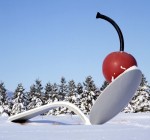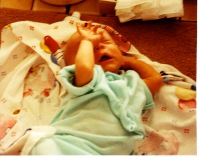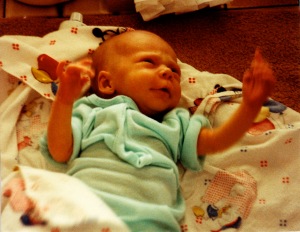So, as some may notice, I ended up changing my stop action project subject, theme, etc. Originally I was working with having those little glow-in-the-dark constellation stars making their way along the walls of my current apartment to picture window in my living room and landing in the my new place, via the balcony window. Unfortunately, lighting ended up being the downfall of this concept. The stars couldn’t provide enough light for the SLR I borrowed to pick them up as subjects. I split the project into thirds, the first of which was the movement of the starts out of my bedroom in my current apartment. I manipulated the lighting levels in this room by tweaking the blinds and durning off various combinations of lights to attempt to make the room look dark but still have enough light to be able to see the subject of the photos. However, I underestimated the amount of control I would have over the lighting levels in the two other shooting locations, and after three tries, was not able to get the SLR to take a photograph where there was enough light to see the stars.
So, as an alternative, I decided to document the reconstruction of the cardboard moose in my living room, Count Winston Rothschild IV. Winston seemed like a logical choice, aside from lending his name to my class blog, because he’s a constructed entity with many parts. Winston also has a quasi-personality attributed to him within my room and my roommates and I view him as the moosehead over our TV rather than a bunch of cardboard pieces fitted together. I chose to shoot Winston in his “natural environment” of my living room because the blue university-stocked couches provided nice contrast and and a simple background while still providing a college-y feel to the shots. Also, I slightly overexposed the lighting in the area, as well as kept the shots slightly out of focus. Perfectly focused shots wouldn’t have provided very much more information to the viewer about what was being constructed and I didn’t particularly want a clean, professional look to this stop action.
In terms of music, I wasn’t able to find a particularly fitting audio selection for this film. I had two selections I was choosing in between for the stars, but that concept has a distinctly different feel to it, making those selections moot.







